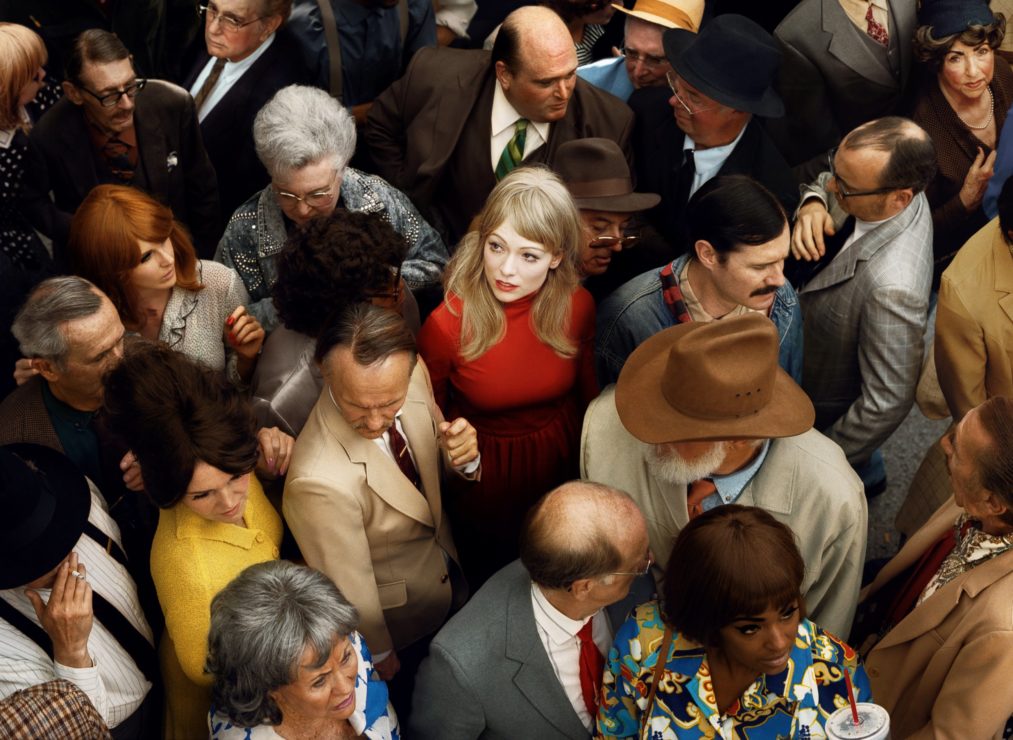Overview of Assessment
There are three assessment requirements for this course;
- City Walks – photography challenges (40%) – Due Friday 19 July, 2019
- Photo Essay or Journal (40%) – Due Friday 2 August, 2019
- Exhibition (20%) – Due Friday 16 August, 2019
Please note the following image requirements for all of the assessment requirements for this course;
- Submissions for the Photographic Challenge are required to be online
- The Journal assessment can be a physical object or book, however it may also be a pdf document
- You are encouraged to shoot born digital captures and discouraged from using film. The challenges MUST be shot on a digital camera so we can review progress throughout the tour.
- Images should aspire to a high level of photographic engagement and technical competency, commensurate with your level of study. Please note Photography Resources & Tutorials section of this site for support
Assessment 1: City Walks – Photography Challenges (40%)
Due Friday 19 July 2019The Photography Challenge assessment requires you to respond to a thematic challenge in each city. There are two challenges, one for Berlin, and one for Paris. Each challenge requires the submission of exactly 5 images (10 images in total). There are no set guidelines on the images, and you are required to creatively respond. All images must be captured on the day of the City Walks.
About the City Walks
In each city a part of one day will be a group walking tour of a specific location or series of locations relevant to the city theme. The walks will be lead by staff, either as a full group or 2 smaller groups. During the walk you are required to capture images for this assessment.
For this assessment you MUST SHOOT DIGITAL files. Images shot on film are not permitted – this is to ensure academic staff are able to provide support and view images during the walks.
Often some of the following points will provide some guidance on how best to engage with active street scenes;
- Duality is important – an interesting background framing a contrasting event in the foreground for example. Perhaps consider framing a location and waiting for something interesting to happen.
- Don’t shoot everything at eye level
- Move your body to get closer (rather than the lens zoom!). This can change perspectives and provide a new angle.
- Be mindful of image blur and / or camera shake (increase the ISO rather than reducing shutter speed below 250/sec. If your allows for Auto ISO, use that, with parameters of 250/sec minimum and around 1600ISO maximum.
- Sometimes talking to people can help, and they may want to be in the image.
- Signs and symbols can help (T-shirts, shop signs (remember the classic photo of Tony Abbott in front of the Reject Shop (with ‘shop’ cropped out)).
- Vary your position relative to subjects – for example, you don’t have to always be front on.
- Keep close when possible, avoid lots of middle distance, or big areas of open space.
- It’s OK to stage things, move people, change the order of post cards on a stand etc.
- Auto focus is OK, indeed auto focus on modern cameras with tiny sensors (or packed sensors) can often out perform manual focus.
- Get the right shot in camera – avoid thinking you can ‘fix it in post’.
Submission Requirements
You MUST complete both challenges. For each Challenge, submit exactly 5 images. Images must be digital files submitted via Google Drive through the Canvas online course platform.
Assessment 2: Photo Essay OR Journal (40%)
Due Friday 2 August, 2019This assessment requires the ongoing development or either a photo essay or a tour journal. You MUST select either the Photo Essay OR the Journal, you are NOT required to complete both.
OR
Assessment 3: Exhibition (20%)
Due Friday 16 August, 2019Your assessment for the Global Intensive concludes with an exhibition of photographic work on display at one of the gallery venues in the School of Art. You are required to select a range of work from the tour and create a presentation of the work for public viewing. This would normally be through a group exhibition of prints, however screen projects, or website / app presentations are also possible.
Upon submission of the work, the tour leaders will assess the completed body of submitted work, and select works for exhibition.
Featured Image
Alex Prager from the series Faces in the crowd 2012

